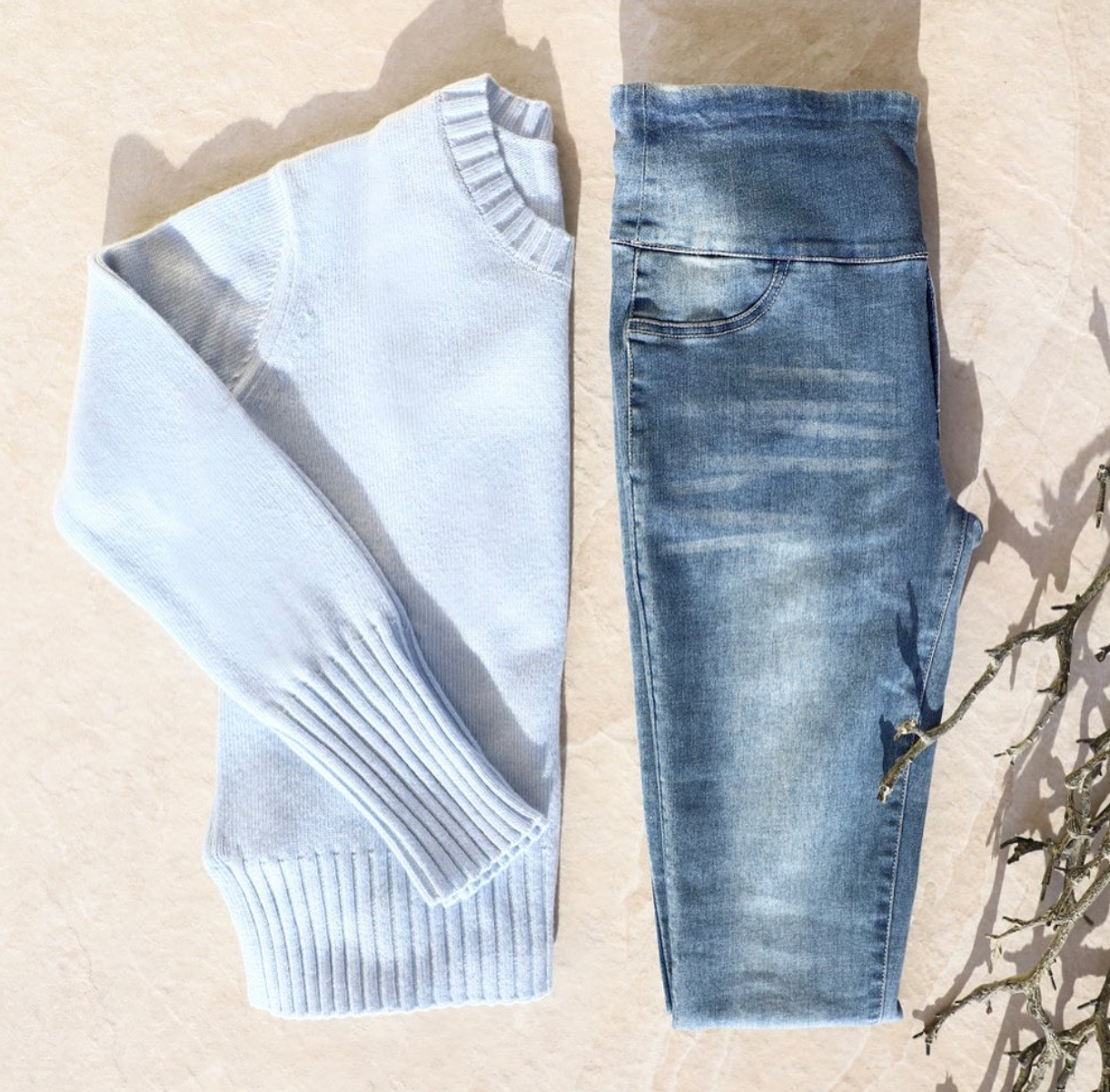
If you’re like many families, your first “baby” is often a “fur baby”. But when you’re expecting a real human baby, this can spell “t-r-o-u-b-l-e” for you and your beloved canine unless proper precautions are taken.
Fortunately, there are several things parents can do to mitigate the risk of having a dog and a baby under the same roof. First up: dog obedience classes. The best thing you can do to prepare your dog is to learn how to assume a leadership role with your dog and to have it respectfully listen to your commands.
When your pooch is a proud graduate of obedience school, there are other things you can do to make sure it’s ready when the baby comes home from the hospital.
Provide Dog With Exposure to Babies and Kids
While you shouldn’t put your dog immediately in front of a baby or child, you can start to expose it to what the baby looks and sounds like. This will get your dog used to having a little one around.
Taking your dog for a walk (on-leash) near a local playground is a good way for you to assess how it reacts in certain situations. Does your dog panic when it hears a child shriek or cry? Does it welcome the certain advances little ones will make to try and pet your dog, or does it slink away? Observe your dog’s reactions and enlist the help of a professional for further guidance on how to encourage appropriate behavior.
Playing recordings of baby sounds (crying, giggling, cooing, etc.) while at home can also help your dog become comfortable with babies. Some experts recommend going as far as to carrying around a doll during the last trimester of pregnancy and treating it as if it were a live baby. This will help your dog start to understand that it isn’t your number one priority, and it can begin to work through any feelings of jealousy before you bring your newborn home.
Introductions Should Be Slow and Controlled
Allow your dog to sniff the baby gear you accumulate during the weeks and months up to your baby’s arrival. It will then have the opportunity to adjust to the smell of different lotions, powders, and clothes.
Once your little one makes their grand entrance into the world, have your partner or family member bring home a blanket or a piece of clothing your baby has worn at the hospital. Your dog will likely be eager to give it several sniffs. Afterwards, the blanket or article of clothing can be placed in the baby’s nursery so your dog can start to associate that room with the baby.
When your baby comes home, have you or your partner hold the baby while the other holds the dog on a leash. Invite your dog to come and visit the new baby, but never force. If it doesn’t show an interest or seems anxious, give it time. When your dog does decide to visit, praise it with lots of pats and hugs.
Maintain a Regular Schedule
Throughout your pregnancy and after the birth of your little one, try your best to stick to your dog’s familiar schedule. When your dog knows it can rely on you for walks, feedings and playtimes, it will be much more accepting and welcoming of this brand new human brother or sister.
Finally, make sure that your dog always has a safe haven. Crying infants aren’t only stressful to humans – they can stress your pets out, too! Having a special spot for your dog away from the noise and that is comforting to it will give your pet the time it needs to take a break and recompose itself.
Photo byPanagiotis Karagiannis onUnsplash
Further Reading:
https://www.cesarsway.com/introduce-your-dog-to-your-baby/
https://www.akc.org/expert-advice/training/how-to-introduce-babies-and-dogs/


